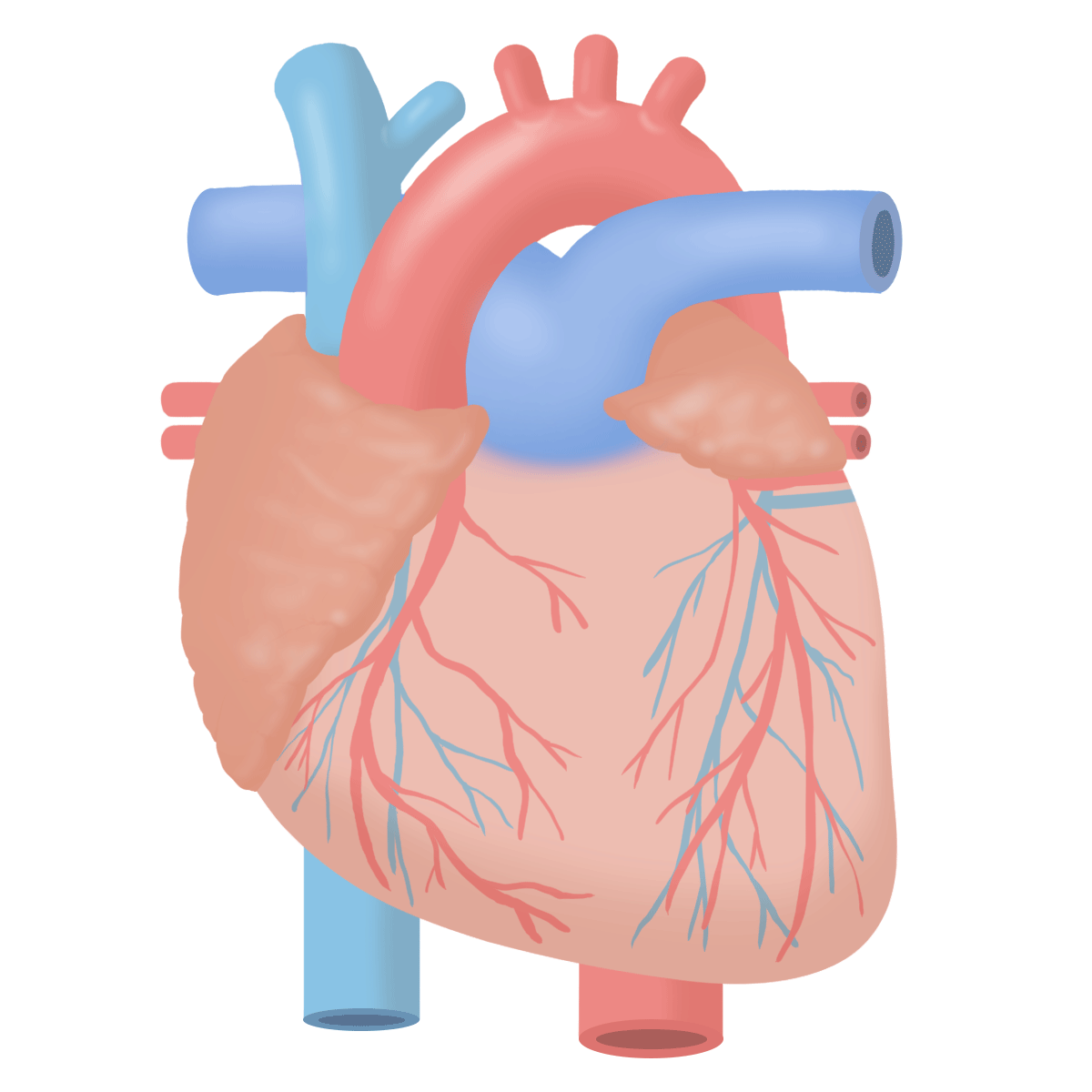Vegan dietary pattern for the primary and secondary prevention of cardiovascular diseases
Cochrane Database Syst Rev. 2021 Feb 25;2:CD013501. doi: 10.1002/14651858.CD013501.pub2.

最近SNSでもビーガン(菜食主義)の方をよく見かけることがあります。主義は個人の自由ですので、賛成でも反対でも何でもないのですが、ビーガンの健康状態に及ぼす影響を調査する研究がいくつかすでに存在しており、その研究をまとめた論文が出ていました。特にこの論文で取り上げた題材は心血管リスク因子であるコレステロールの値などについてでありました。結論としてはビーガンは総コレステロールをわずかに減少させる可能性はありますが、同時に良質な資質であるHDLを減少させ、トリグリセリドは増加させる可能性があるという結果となっていました。まだまだ研究対象になった総数が少ないので、今後更なる差が生まれる可能性はありますが、現段階ではビーガンに優位となる結果は示すことができませんでした。
個人的にはお肉大好きなので、肉のない人生は考えられません。no meet no lifeです。
【柳家】夏編 お肉の祭典とも言える柳家のご紹介
![]()
Background: Diet plays a major role in the aetiology of cardiovascular disease (CVD) and as a modifiable risk factor is the focus of many prevention strategies. Recently vegan diets have gained popularity and there is a need to synthesise existing clinical trial evidence for their potential in CVD prevention.
Objectives: To determine the effectiveness of following a vegan dietary pattern for the primary and secondary prevention of CVD.
Search methods: We searched the following electronic databases on 4 February 2020: the Cochrane Central Register of Controlled Trials (CENTRAL), MEDLINE, Embase and Web of Science Core Collection. We also searched ClinicalTrials.gov in January 2021. We applied no language restrictions.
Selection criteria: We selected randomised controlled trials (RCTs) in healthy adults and adults at high risk of CVD (primary prevention) and those with established CVD (secondary prevention). A vegan dietary pattern excludes meat, fish, eggs, dairy and honey; the intervention could be dietary advice, provision of relevant foods, or both. The comparison group received either no intervention, minimal intervention, or another dietary intervention. Outcomes included clinical events and CVD risk factors. We included only studies with follow-up periods of 12 weeks or more, defined as the intervention period plus post-intervention follow-up.
Data collection and analysis: Two review authors independently assessed studies for inclusion, extracted data and assessed risks of bias. We used GRADE to assess the certainty of the evidence. We conducted three main comparisons: 1. Vegan dietary intervention versus no intervention or minimal intervention for primary prevention; 2. Vegan dietary intervention versus another dietary intervention for primary prevention; 3. Vegan dietary intervention versus another dietary intervention for secondary prevention.
Main results: Thirteen RCTs (38 papers, 7 trial registrations) and eight ongoing trials met our inclusion criteria. Most trials contributed to primary prevention: comparisons 1 (four trials, 466 participants randomised) and comparison 2 (eight trials, 409 participants randomised). We included only one secondary prevention trial for comparison 3 (63 participants randomised). None of the trials reported on clinical endpoints. Other primary outcomes included lipid levels and blood pressure. For comparison 1 there was moderate-certainty evidence from four trials with 449 participants that a vegan diet probably led to a small reduction in total cholesterol (mean difference (MD) -0.24 mmol/L, 95% confidence interval (CI) -0.36 to -0.12) and low-density lipoprotein (LDL) cholesterol (MD -0.22 mmol/L, 95% CI -0.32 to -0.11), a very small decrease in high-density lipoprotein (HDL) levels (MD -0.08 mmol/L, 95% CI -0.11 to -0.04) and a very small increase in triglyceride levels (MD 0.11 mmol/L, 95% CI 0.01 to 0.21). The very small changes in HDL and triglyceride levels are in the opposite direction to that expected. There was a lack of evidence for an effect with the vegan dietary intervention on systolic blood pressure (MD 0.94 mmHg, 95% CI -1.18 to 3.06; 3 trials, 374 participants) and diastolic blood pressure (MD -0.27 mmHg, 95% CI -1.67 to 1.12; 3 trials, 372 participants) (low-certainty evidence). For comparison 2 there was a lack of evidence for an effect of the vegan dietary intervention on total cholesterol levels (MD -0.04 mmol/L, 95% CI -0.28 to 0.20; 4 trials, 163 participants; low-certainty evidence). There was probably little or no effect of the vegan dietary intervention on LDL (MD -0.05 mmol/L, 95% CI -0.21 to 0.11; 4 trials, 244 participants) or HDL cholesterol levels (MD -0.01 mmol/L, 95% CI -0.08 to 0.05; 5 trials, 256 participants) or triglycerides (MD 0.21 mmol/L, 95% CI -0.07 to 0.49; 5 trials, 256 participants) compared to other dietary interventions (moderate-certainty evidence). We are very uncertain about any effect of the vegan dietary intervention on systolic blood pressure (MD 0.02 mmHg, 95% CI -3.59 to 3.62) or diastolic blood pressure (MD 0.63 mmHg, 95% CI -1.54 to 2.80; 5 trials, 247 participants (very low-certainty evidence)). Only one trial (63 participants) contributed to comparison 3, where there was a lack of evidence for an effect of the vegan dietary intervention on lipid levels or blood pressure compared to other dietary interventions (low- or very low-certainty evidence). Four trials reported on adverse events, which were absent or minor.
Authors’ conclusions: Studies were generally small with few participants contributing to each comparison group. None of the included studies report on CVD clinical events. There is currently insufficient information to draw conclusions about the effects of vegan dietary interventions on CVD risk factors. The eight ongoing studies identified will add to the evidence base, with all eight reporting on primary prevention. There is a paucity of evidence for secondary prevention.
背景:食事は心血管疾患(CVD)の病因に大きな役割を果たしており、修正可能な危険因子として多くの予防戦略の焦点となっている。最近、菜食主義者の人気が高まっており、CVD予防の可能性に関する既存の臨床試験のエビデンスを統合する必要があると考えられる。
目的:CVDの一次予防および二次予防のためのビーガン食の有効性を明らかにする。
検索方法:2020年2月4日にCochrane Central Register of Controlled Trials(CENTRAL),MEDLINE,Embase,Web of Science Core Collectionで検索した:。また,2021年1月にClinicalTrials.govを検索した。言語の制限はしなかった。
選択基準:健康な成人およびCVDのリスクが高い成人(一次予防)とCVDが確立している成人(二次予防)を対象とした無作為化対照試験(RCT)を選択した。菜食主義者の食事には、肉、魚、卵、乳製品、蜂蜜を含まれなかった。介入としては、食事のアドバイス、関連する食品の提供、またはその両方とした。比較群は、介入なし、最小限の介入、または他の食事介入のいずれかを受けた。アウトカムは、臨床イベントとCVDの危険因子とした。介入期間と介入後のフォローアップ期間を合わせて12週間以上のフォローアップ期間を持つ研究のみを対象とした。
データ収集と分析:2人のレビュー執筆者が独立して、研究の組み入れを評価し、データを抽出し、バイアスのリスクを評価した。エビデンスの確実性の評価には GRADE を用いた。3つの主要な比較を行った。1. 一次予防のための菜食主義者による食事介入と介入なしまたは最小限の介入との比較2.一次予防のための菜食主義者による食事介入と他の食事介入との比較3.二次予防のための菜食主義者による食事介入と他の食事介入との比較
結果:13件のRCT(論文38件、試験登録7件)と8件の進行中の試験が対象基準を満たした。ほとんどの試験が一次予防に関したものであった:比較1(4試験、466人を無作為化)および比較2(8試験、409人を無作為化)。二次予防に関する試験は、比較3(63人を無作為化)の1件のみであった。どの試験も臨床的なエンドポイントを報告していなかった。その他の主要評価項目は、脂質レベルと血圧であった。比較1では、4つの試験(参加者449人)から、ビーガン食が総コレステロールをわずかに減少させる可能性があるという中程度の確実性のあるエビデンスが得られた(平均差(MD)-0.24mmol/L、95%信頼区間(CI)-0.36~-0.12)、低比重リポタンパク質(LDL)コレステロールがわずかに減少し(MD -0.22 mmol/L、95% CI -0.32 to -0.11)、高比重リポタンパク質(HDL)がごくわずかに減少(MD -0.08 mmol/L、95% CI -0.11 to -0.04)し、トリグリセリドがごくわずかに増加(MD 0.11 mmol/L、95% CI 0.01 to 0.21)した。HDL値とトリグリセリド値のごくわずかな変化は、期待された結果とは逆の方向であった。収縮期血圧(MD 0.94mmHg、95%CI -1.18~3.06、3試験、374人)および拡張期血圧(MD -0.27mmHg、95%CI -1.67~1.12、3試験、372人)に対するビーガン食介入の効果については、エビデンスが不足していた(確実性の低いエビデンス)。比較2では、総コレステロール値に対するビーガン食介入の効果については、エビデンスが不足していた(MD -0.04 mmol/L、95% CI -0.28~0.20、4試験、163人、確実性の低いエビデンス)。LDL(MD -0.05 mmol/L, 95% CI -0.21 to 0.11; 4試験, 244人)、HDLコレステロール値(MD -0.01 mmol/L, 95% CI -0.08 to 0.05; 5試験, 256人)、トリグリセリド(MD 0.21 mmol/L, 95% CI -0.07 to 0.49; 5試験, 256人)に対する菜食主義者の食事介入の効果は、他の食事介入と比較して、おそらくほとんどないと考えられた(中程度の確実性のエビデンス)。収縮期血圧(MD 0.02 mmHg、95%CI -3.59~3.62)または拡張期血圧(MD 0.63 mmHg、95%CI -1.54~2.80、5試験、247人(非常に低い確実性のエビデンス))に対する菜食主義者の食事介入の効果については、非常に不確実である。比較3には1試験(63名)のみが対象となり、他の食事療法と比較して、脂質レベルまたは血圧に対するビーガン食事療法の効果に関するエビデンスが不足していた(低または非常に低い確実性のエビデンス)。4つの試験で有害事象が報告されたが、それらはなかったか軽微であった。
結論:研究は全般的に小規模で、各比較群に貢献する被験者は少なかった。CVDの臨床イベントについて報告している研究はなかった。菜食主義者による食事介入がCVDの危険因子に及ぼす影響については、現在のところ結論を出すには十分な情報がない。現在進行中の8つの研究は、一次予防に関連したものであり、n数の増加に期待できる。現段階では二次予防に関するエビデンスは不十分である。



コメント